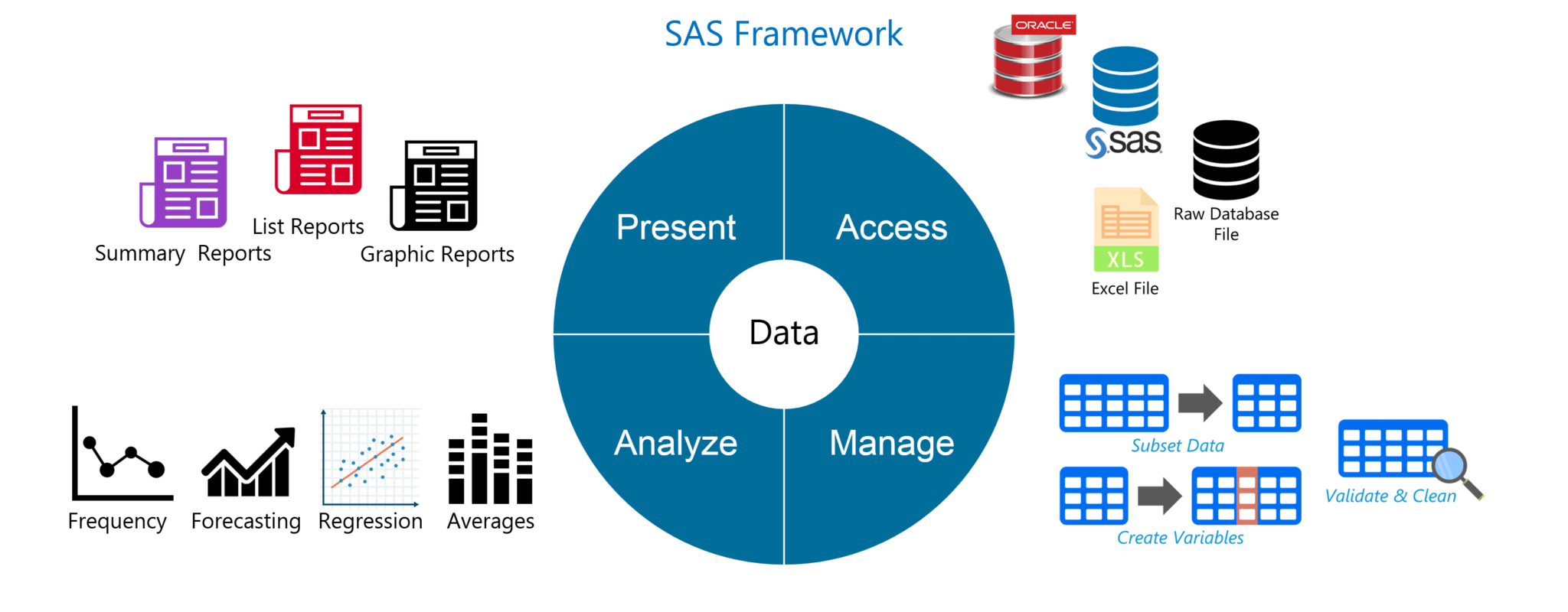
In Texas, local appraisal districts appraise and value property located within their boundaries. During the 2017 tax year, the average M&O tax rate in Texas was $1.07 per $100 of taxable property valuation. 41 As a result, many school districts haven’t had to increase their M&O rates to raise additional revenue. Texas property values have been rising - by about 7 percent between 20 alone, for example. Rates are per $100 of property valuation. Note: Average M&O rates are weighted by taxable value. Since property tax compression was implemented in 2007, the average statewide school district property tax rate has risen from $1.25 to $1.35, with M&O rates increasing by 4 cents and I&S rates by 6 cents ( Exhibit 9).Īverage Statewide School District Property Tax Rates, Fiscal 1994-2017 Fiscal Year 40įrom fiscal 1994 to 2005, the average statewide total property tax rate for school districts rose by 24 cents, from $1.44 to $1.68. In tax year 2017, Texas school districts levied $32.1 billion in property taxes, 54.1 percent of all property taxes levied by political subdivisions in that year. The Texas Constitution authorizes counties, cities, school districts and special-purpose districts to levy property taxes. In addition to the M&O property tax, school districts levy an interest and sinking property tax to collect revenue for payments on any debt incurred for facilities construction. Of those, 355 or 81.8 percent were approved.

Since 2009, 434 school districts have held TREs. Beyond that rate, school districts generally must obtain voter approval through a local tax ratification election (TRE) up to the M&O cap of $1.17. Sources: Texas Education Agency and Texas Comptroller of Public AccountsĪfter the CTR was established in 2006, most school districts were allowed to add an overall total of 4 cents to their M&O rates without voter approval. Number of Districts at M&O Statutory Maximum Texas School Districts at M&O Thresholds, Tax Years 2008 to 2017 Tax Year The number at or below the minimum M&O tax rate of $1.00 fell by 70 percent, from 67 to 20, in the same period ( Exhibit 8). The number of districts at the $1.17 cap rose by 178 percent between 20, from 144 to 401. Today, nearly all Texas school districts are subject to an M&O tax rate minimum of $1.00 per $100 of valuation and a cap of $1.17. (Some school districts in Harris County have been allowed to adopt tax rates above the $1.17 cap in addition, due to the effects of tax rate compression, some districts’ M&O rates are below $1.00.) 38
#Sas interview questions texas education agency full
To receive full state funding, districts must levy a tax rate at least equal to its CTR, but for most their maximum M&O tax rate became the CTR plus 17 cents - an effective cap of $1.17 per $100 of valuation. A district’s CTR is its 2005 M&O tax rate multiplied by a state-set 66.7 percent, effectively reducing the 2005 rate by a third.įor example, a district with a 2005 M&O rate of $1.50 has a CTR of $1.00 ($1.50 multiplied by. It did this by establishing a compressed tax rate (CTR) for each district. One of the most important elements of the 2006 school finance reforms reduced local property tax rates throughout the state. Each school district adopts a certain M&O tax rate per $100 of taxable property valuation. Local funding for Texas public schools is generated primarily by an M&O property tax levied on local taxable values.

Most of this revenue is state and local the federal government provides a relatively small amount of funding to school districts for administration of the child nutrition program, Every Student Succeeds Act grants and other federal initiatives. Texas uses local, state and federal funds to support educational operations and facility construction in public school districts throughout the state. Doing the Math on the State’s Biggest Expenditure


 0 kommentar(er)
0 kommentar(er)
